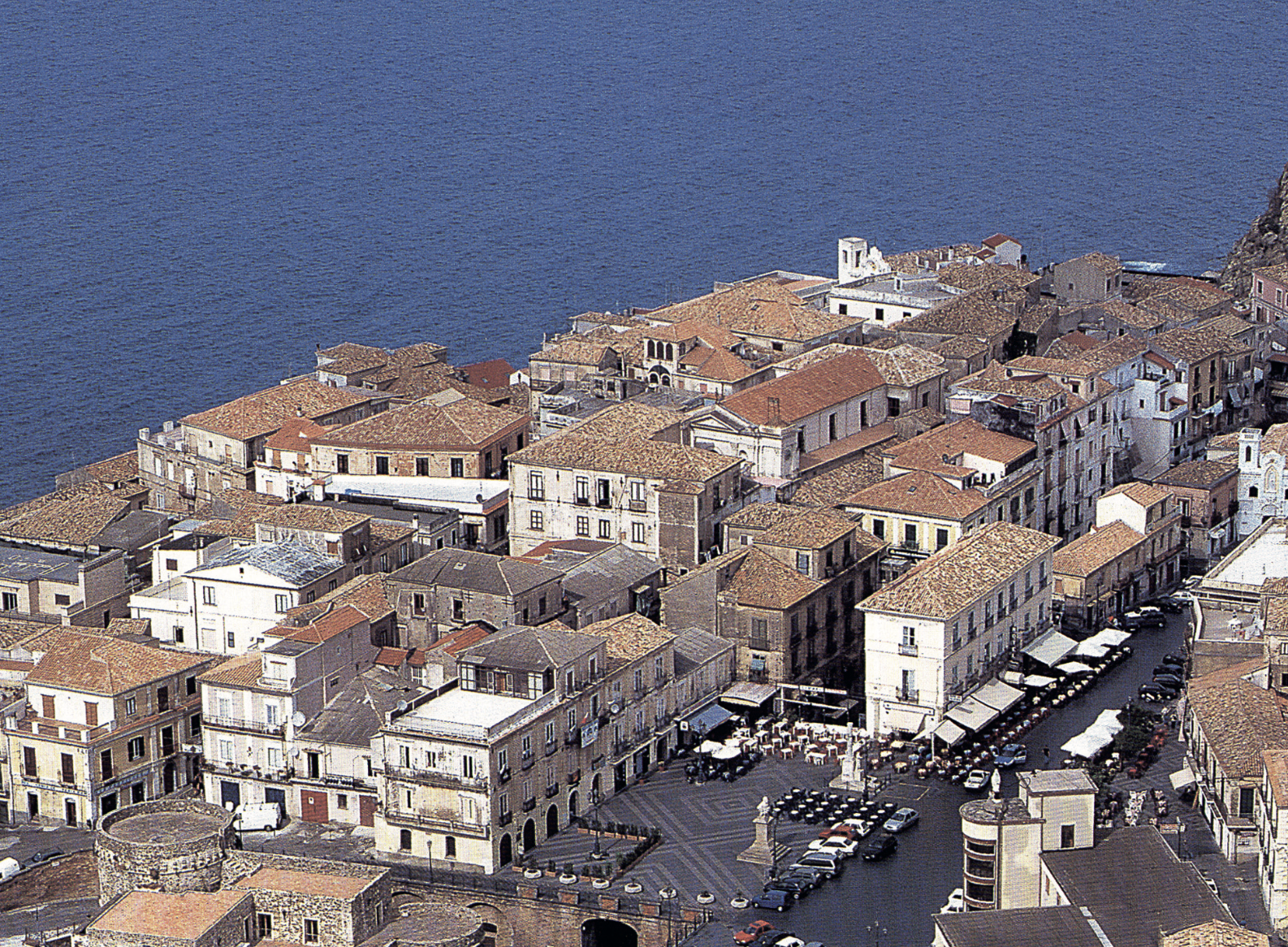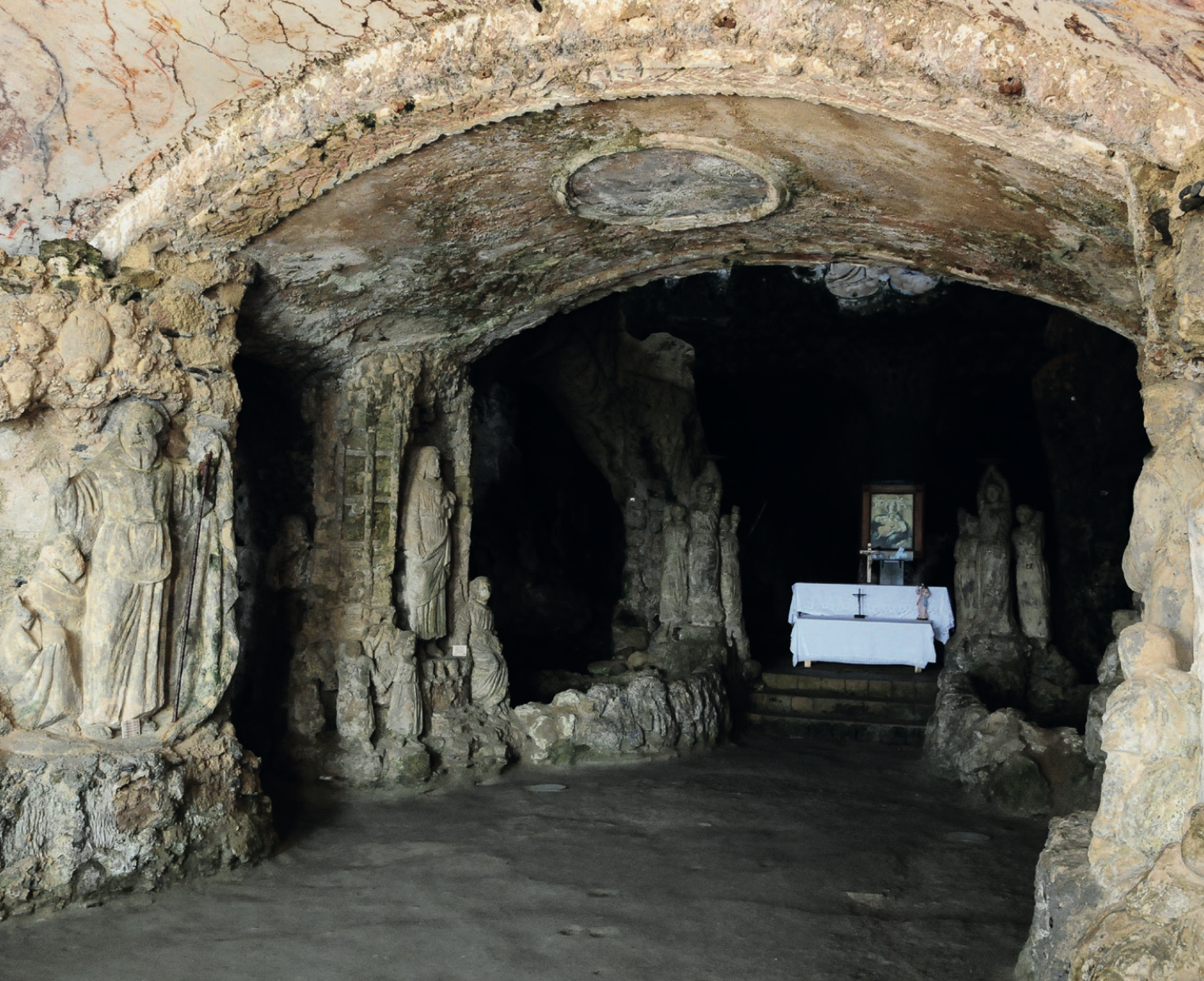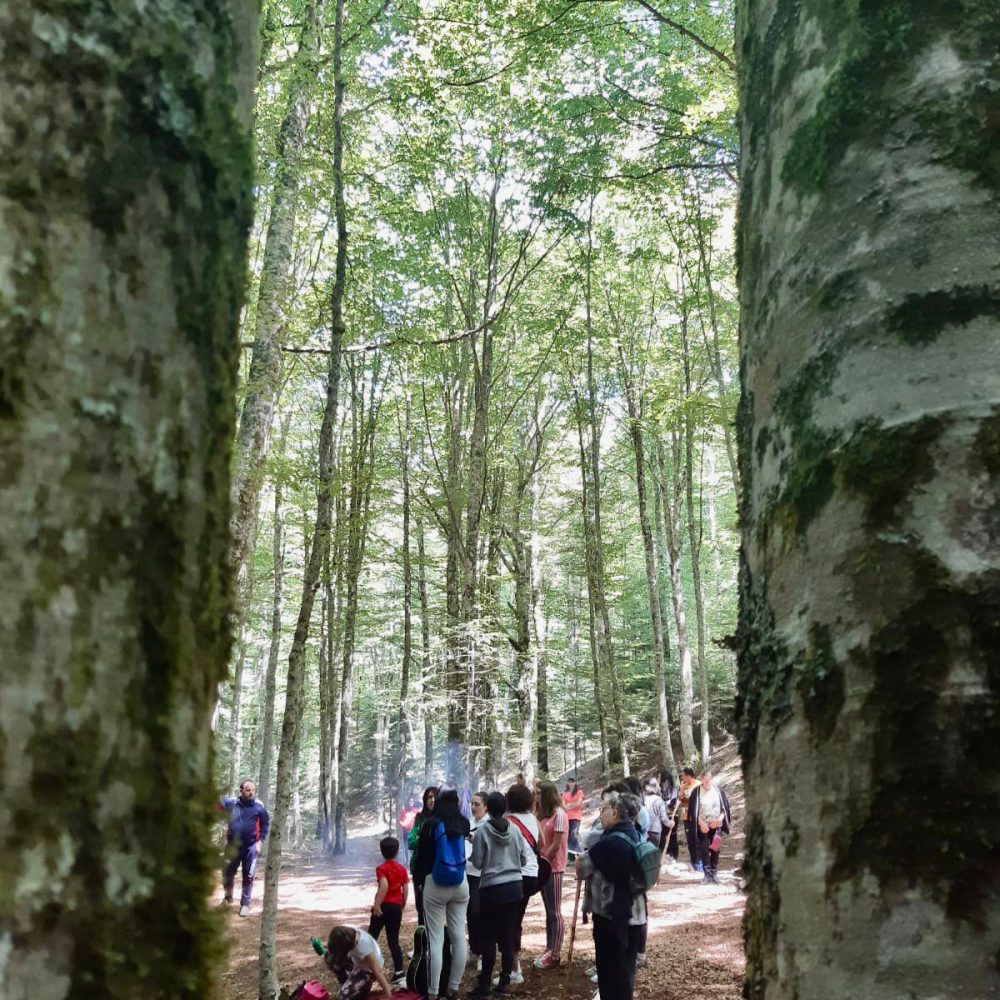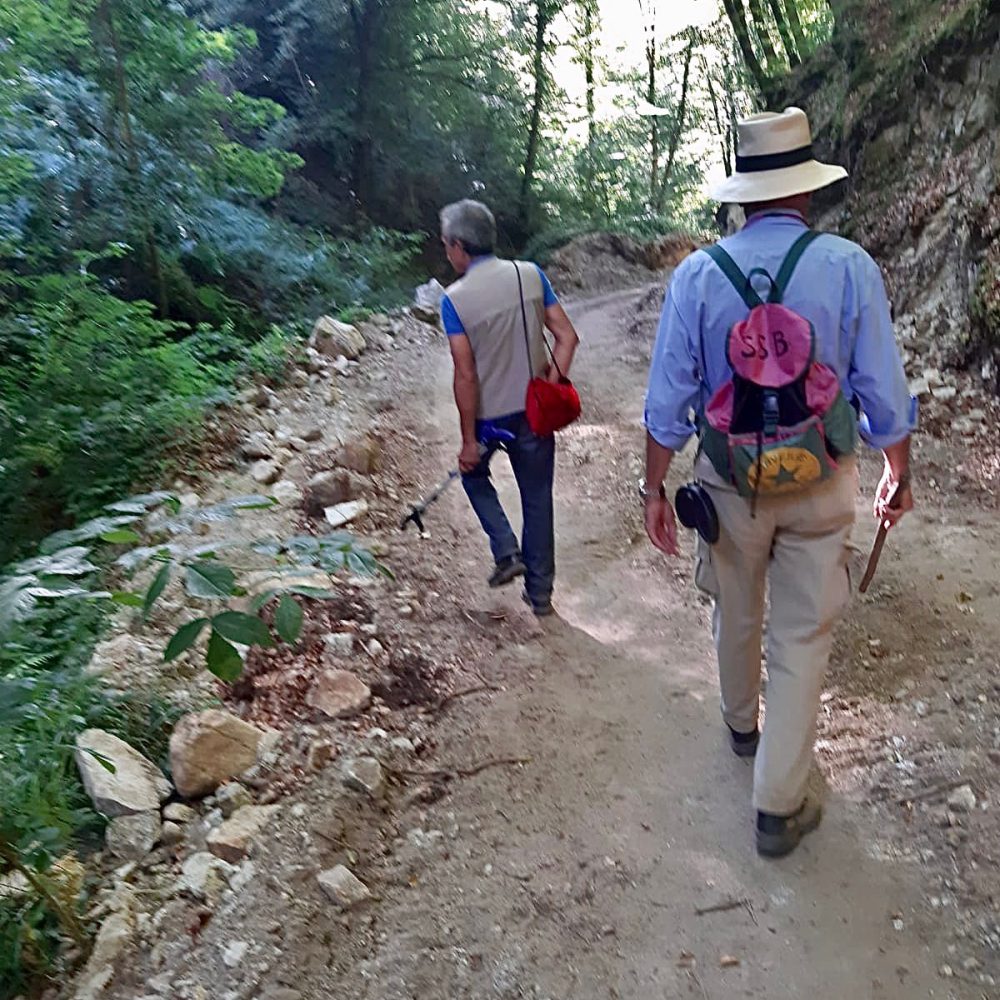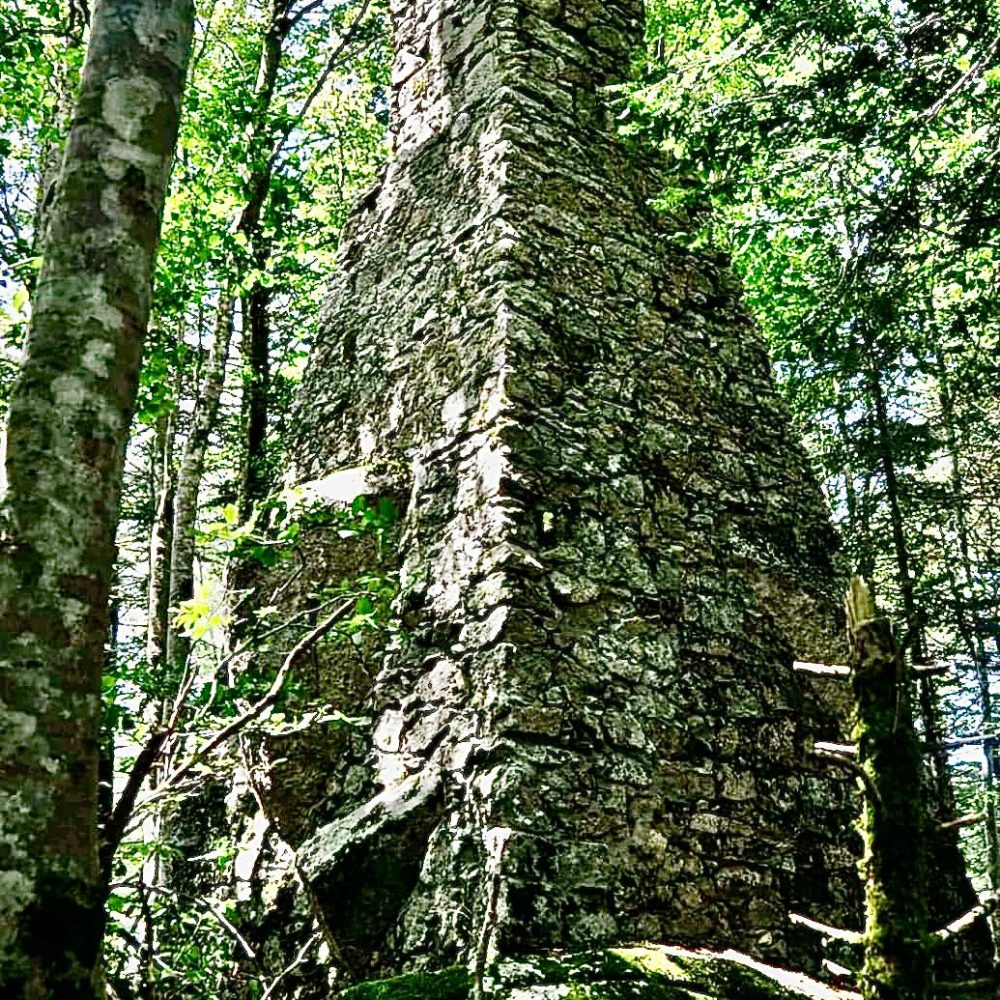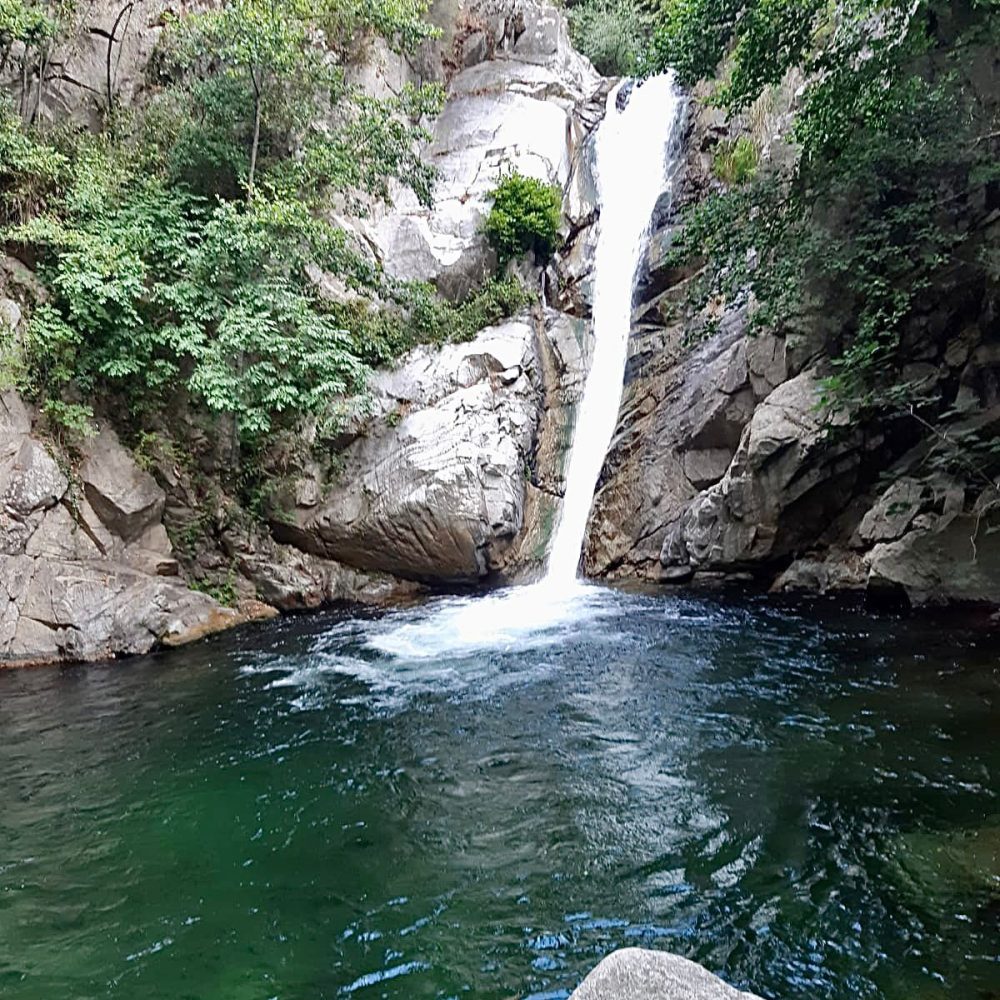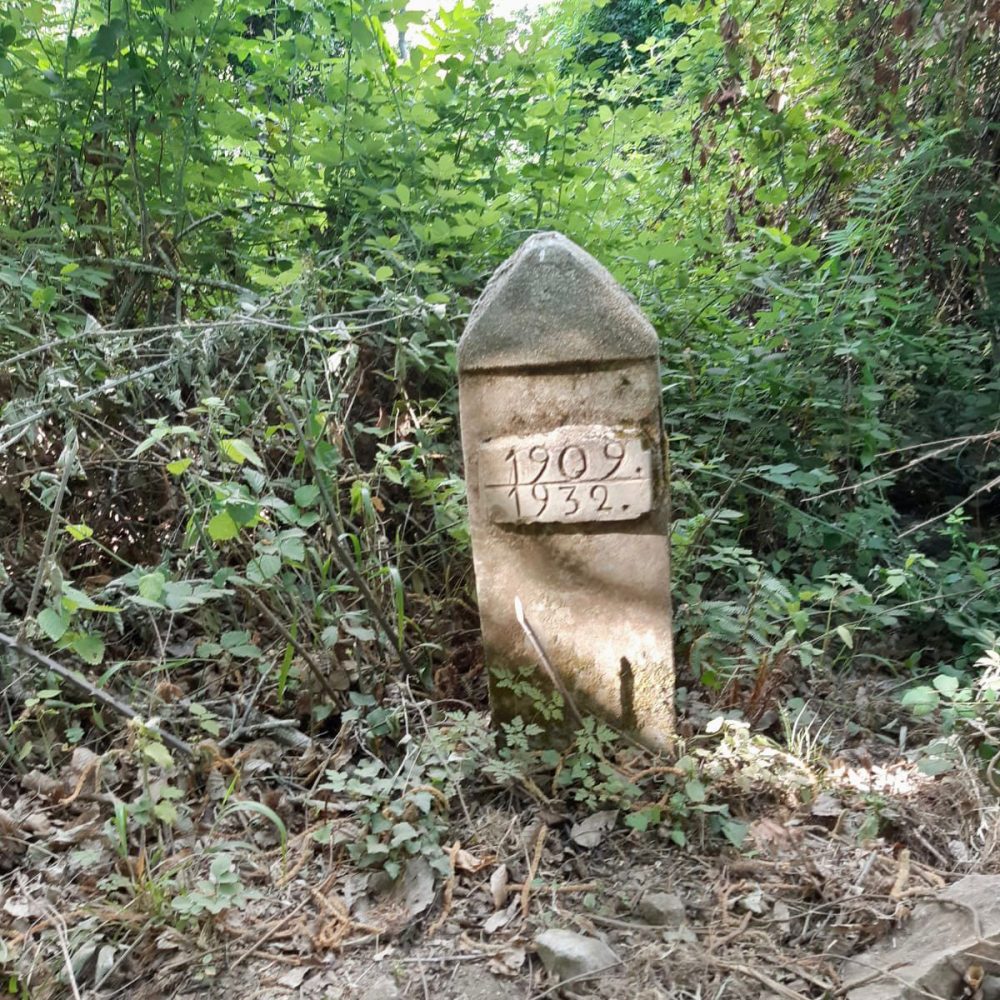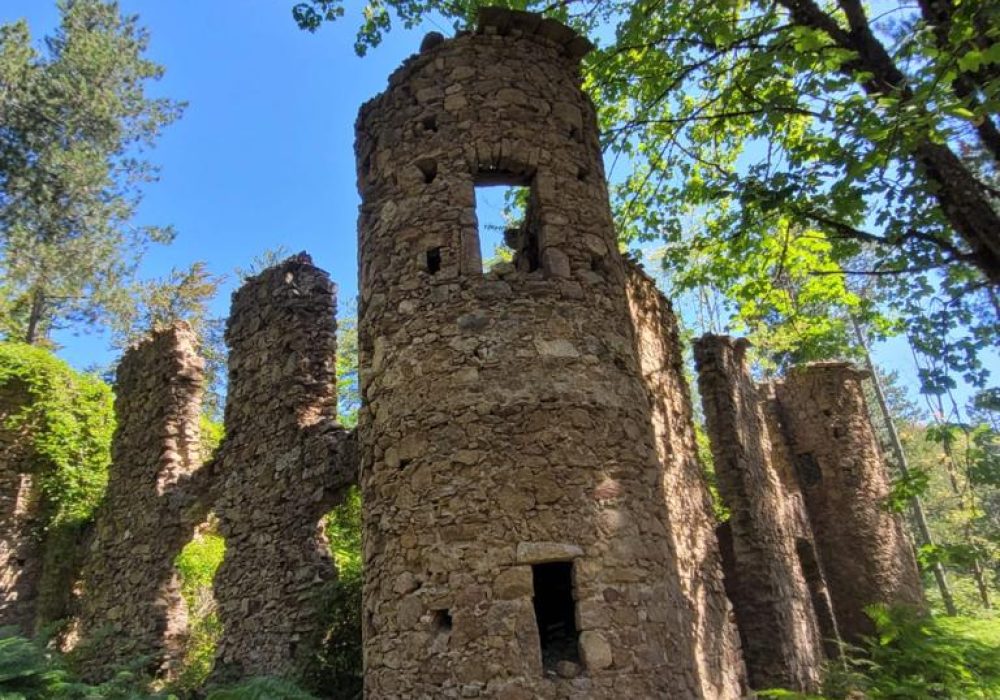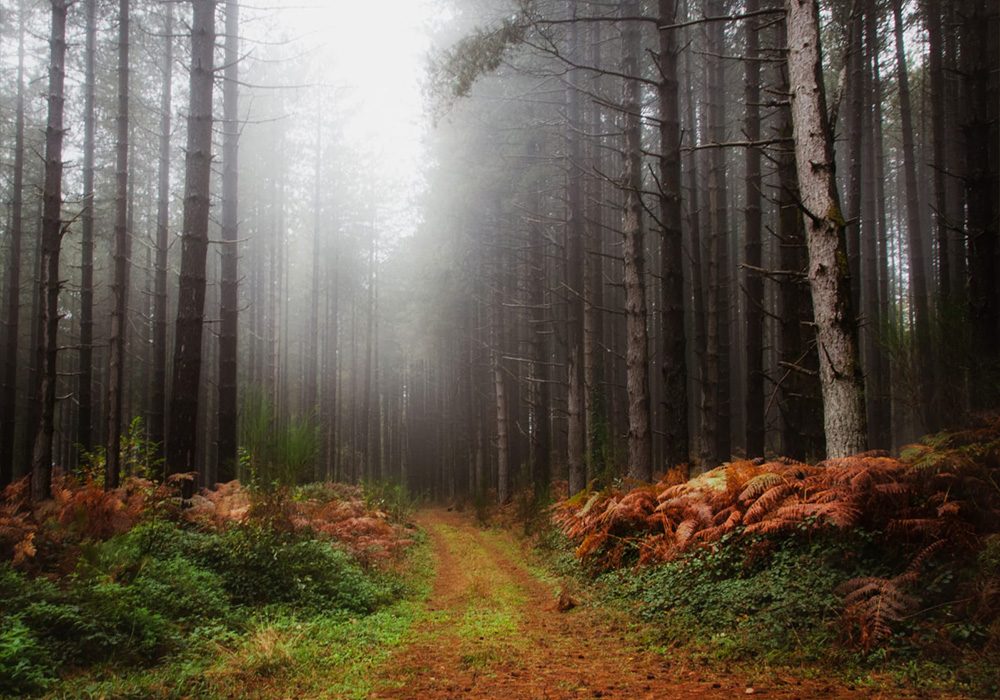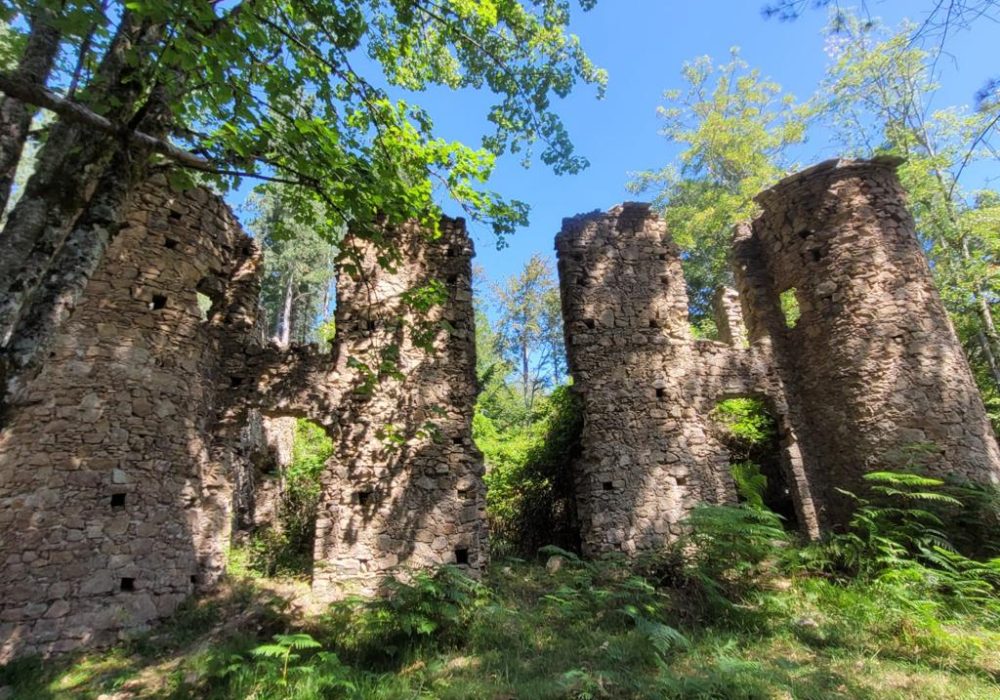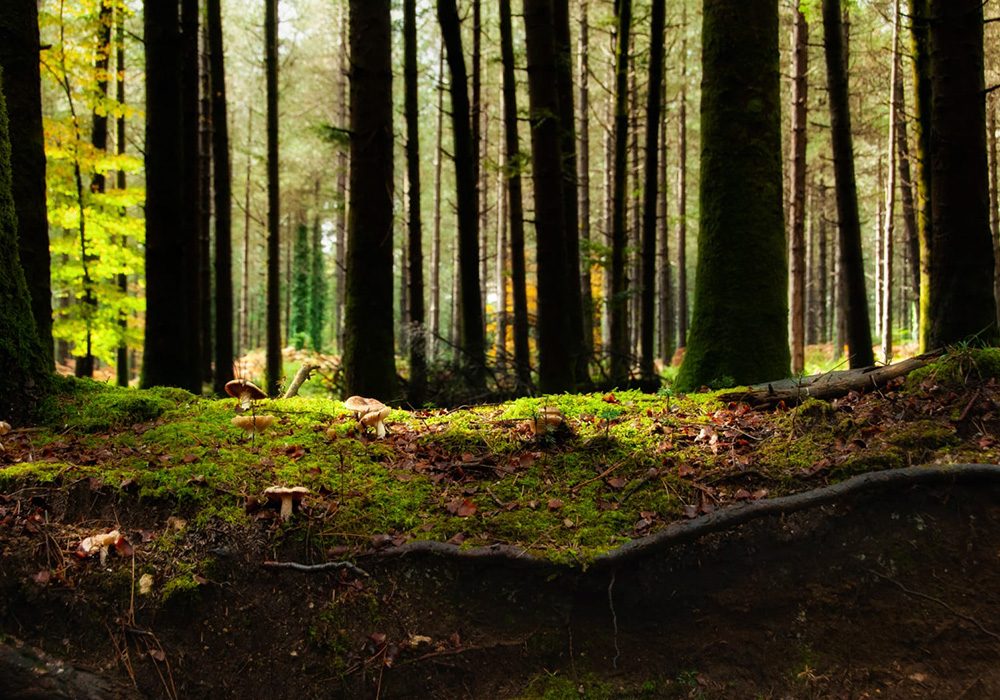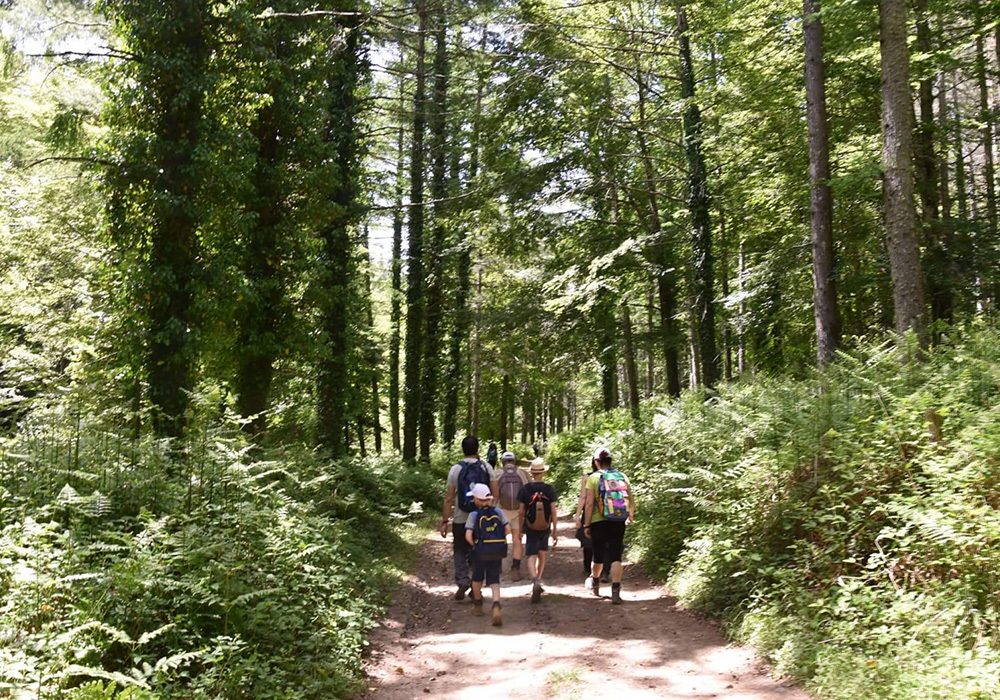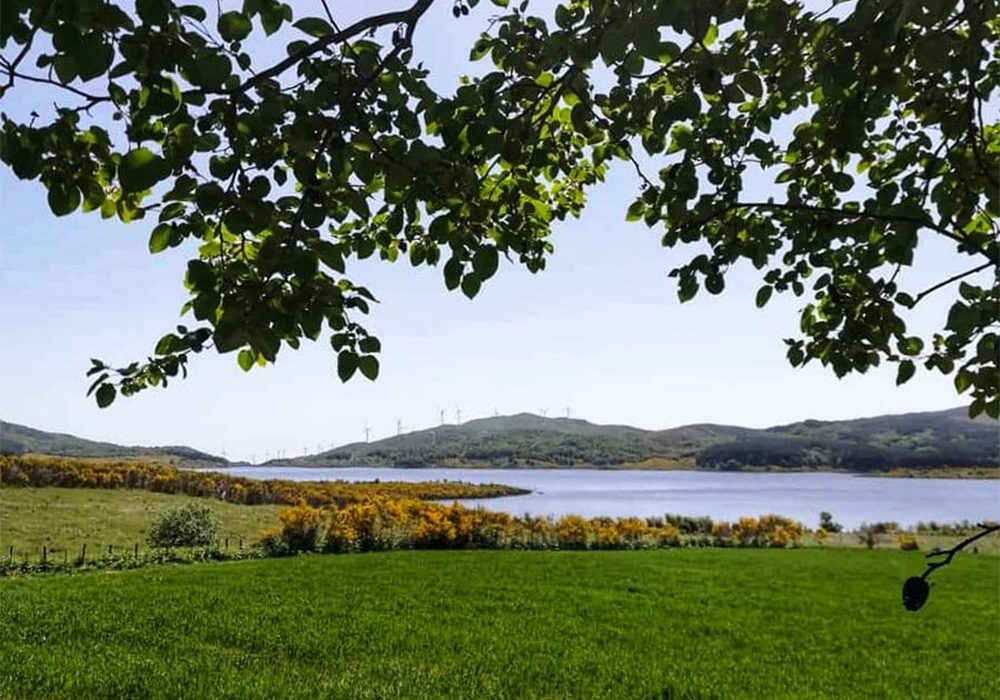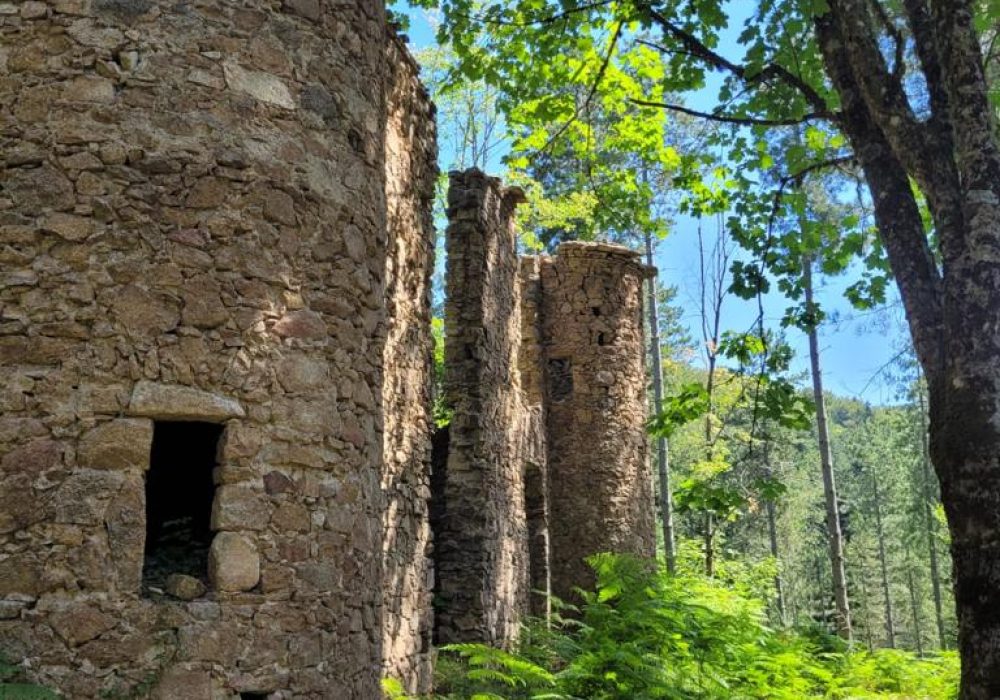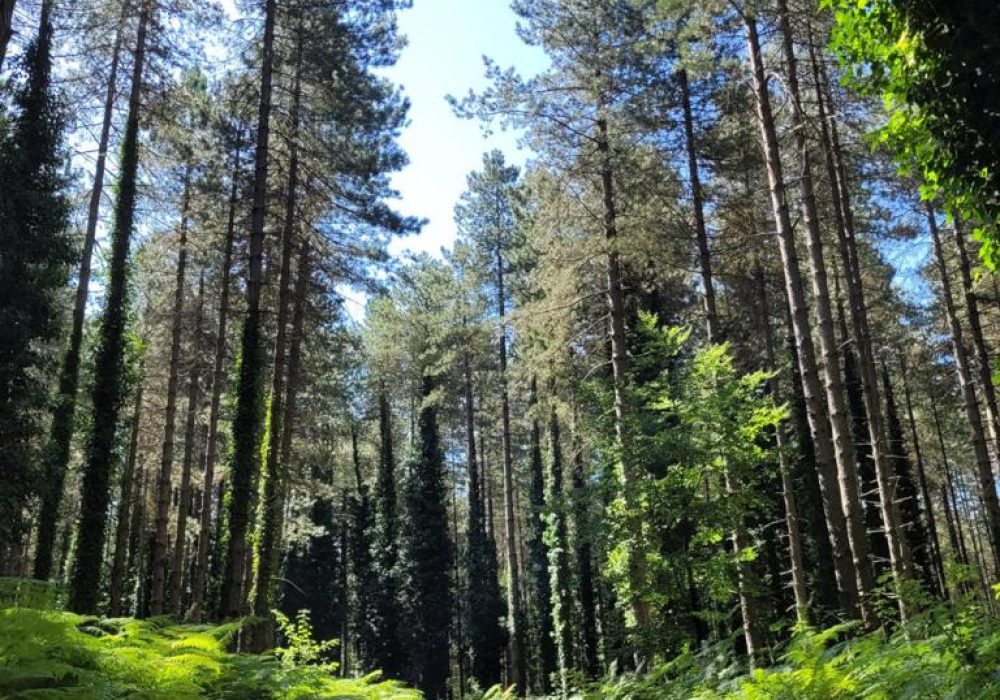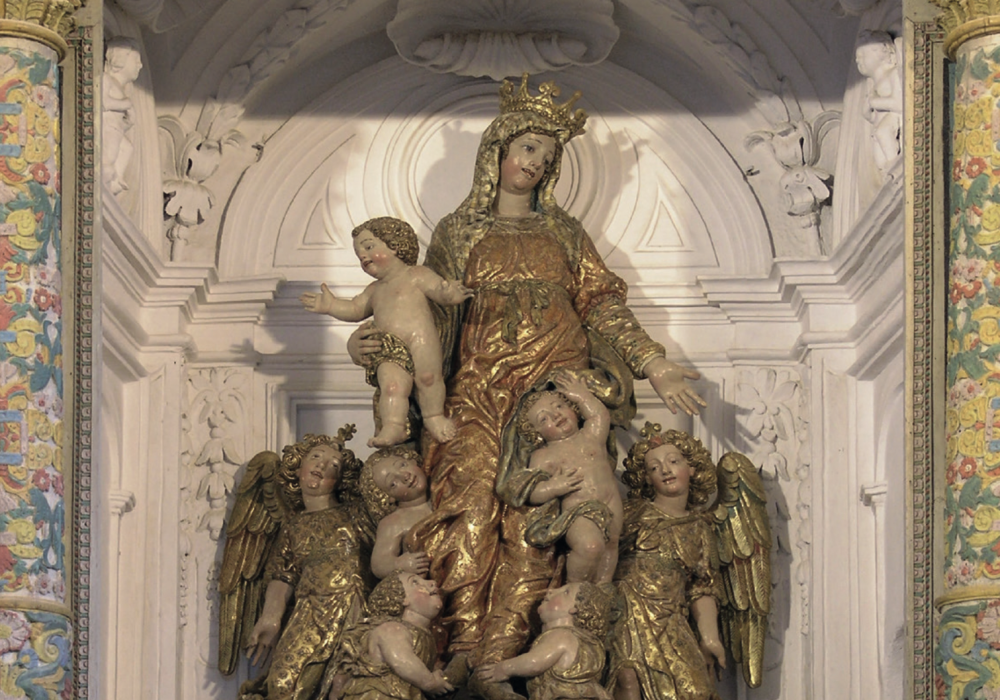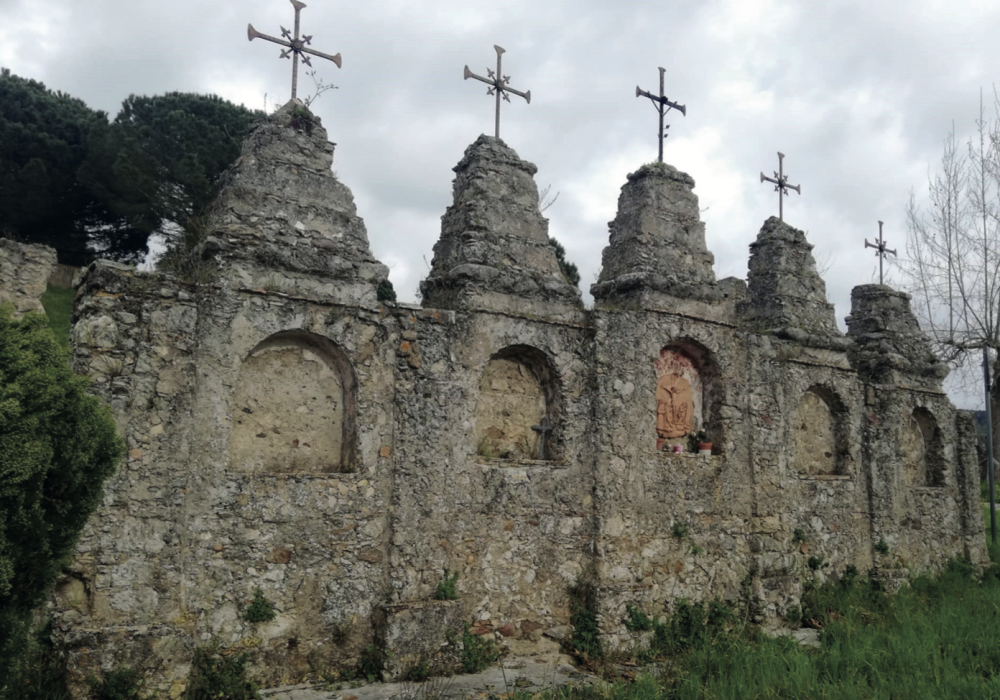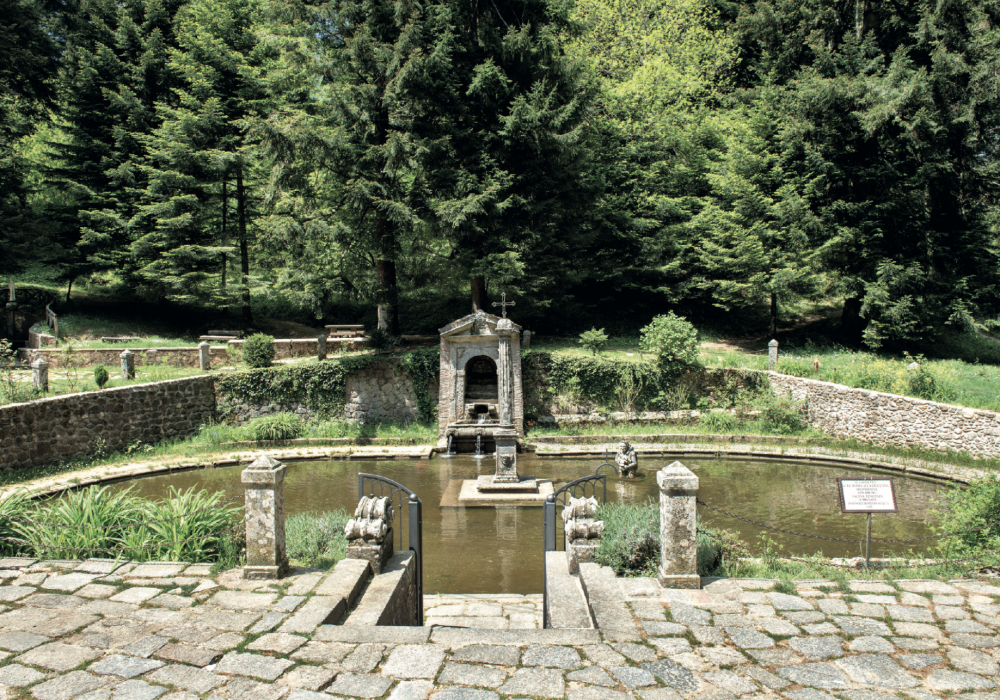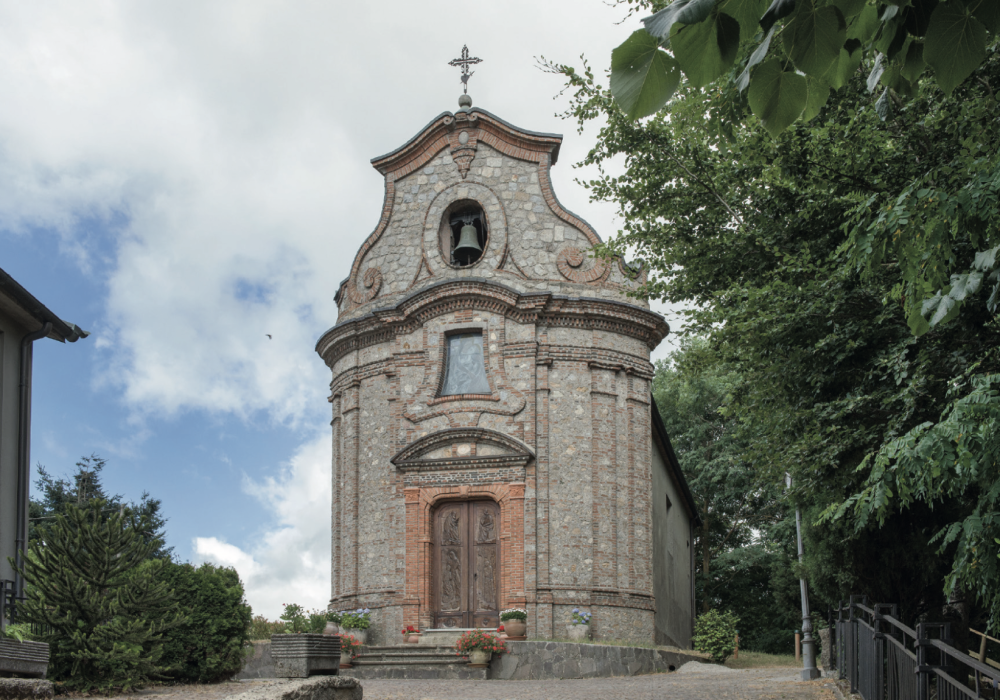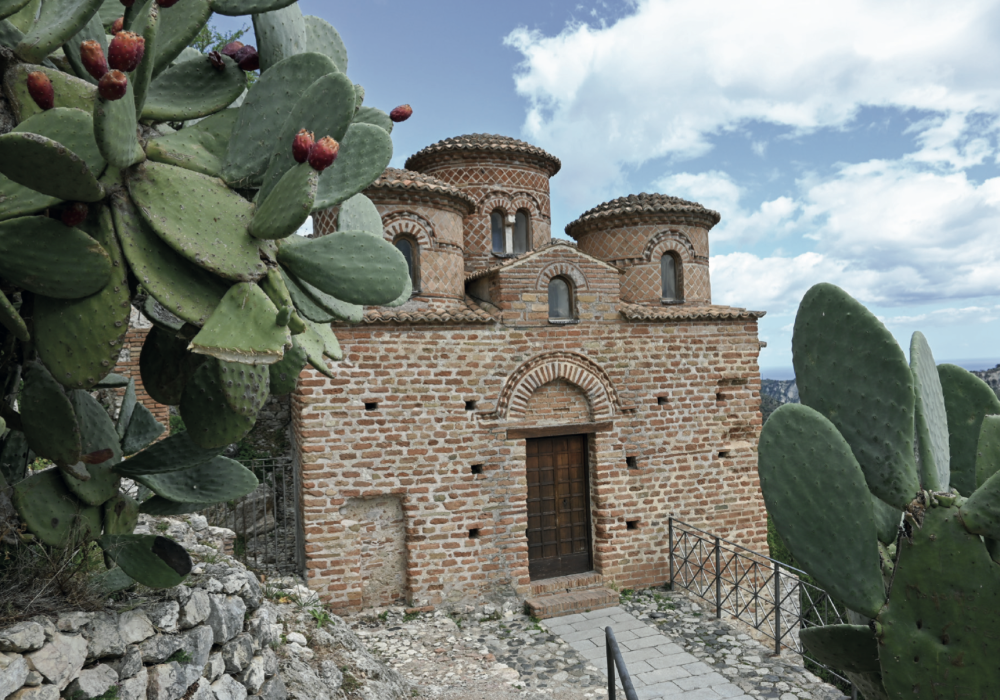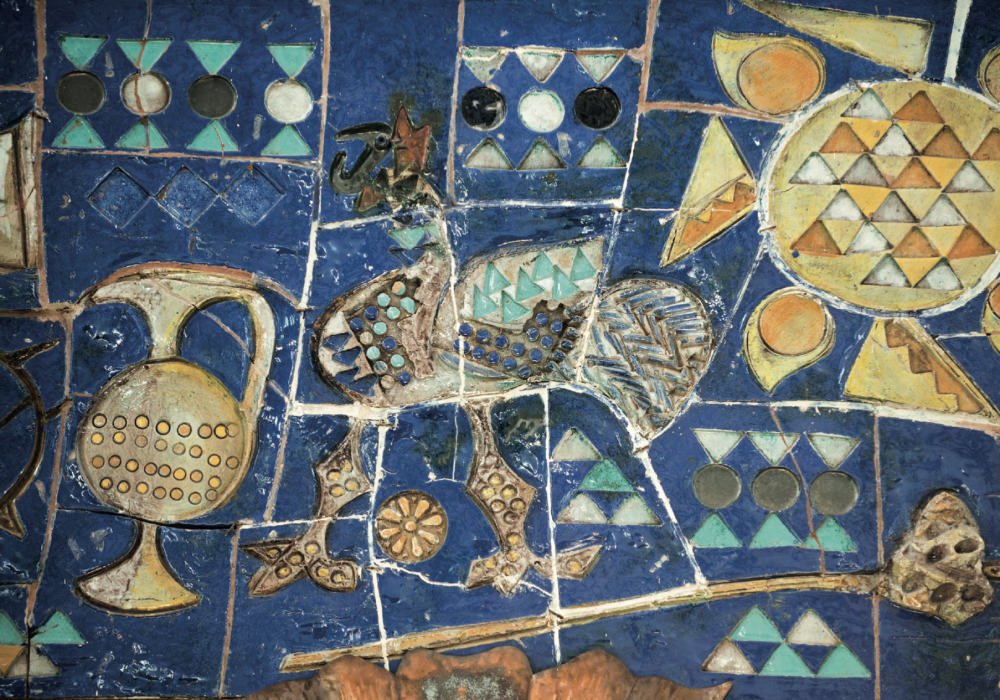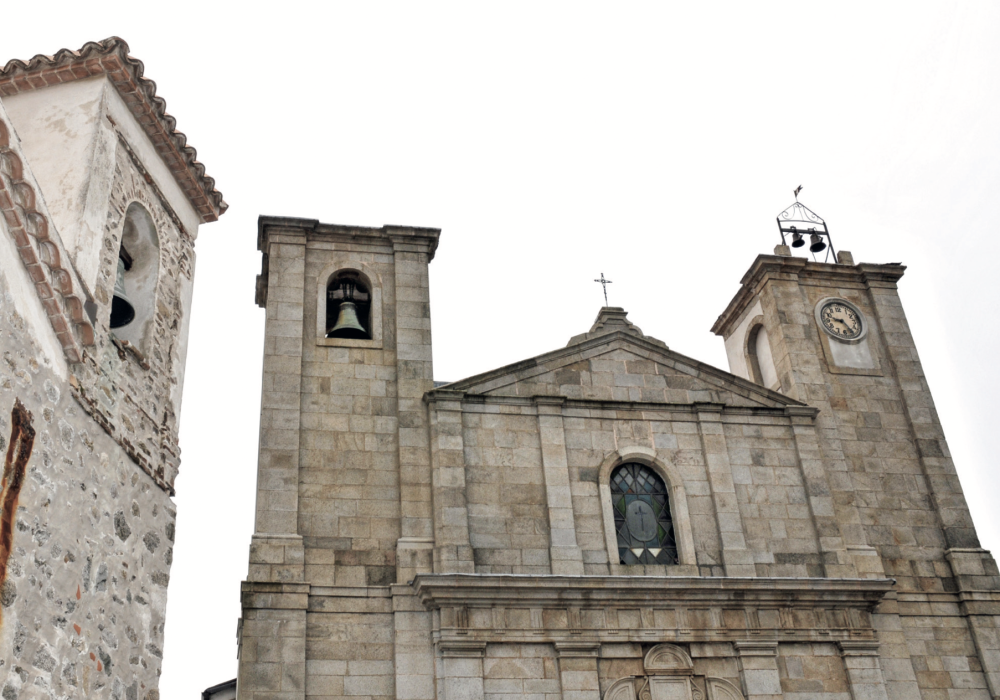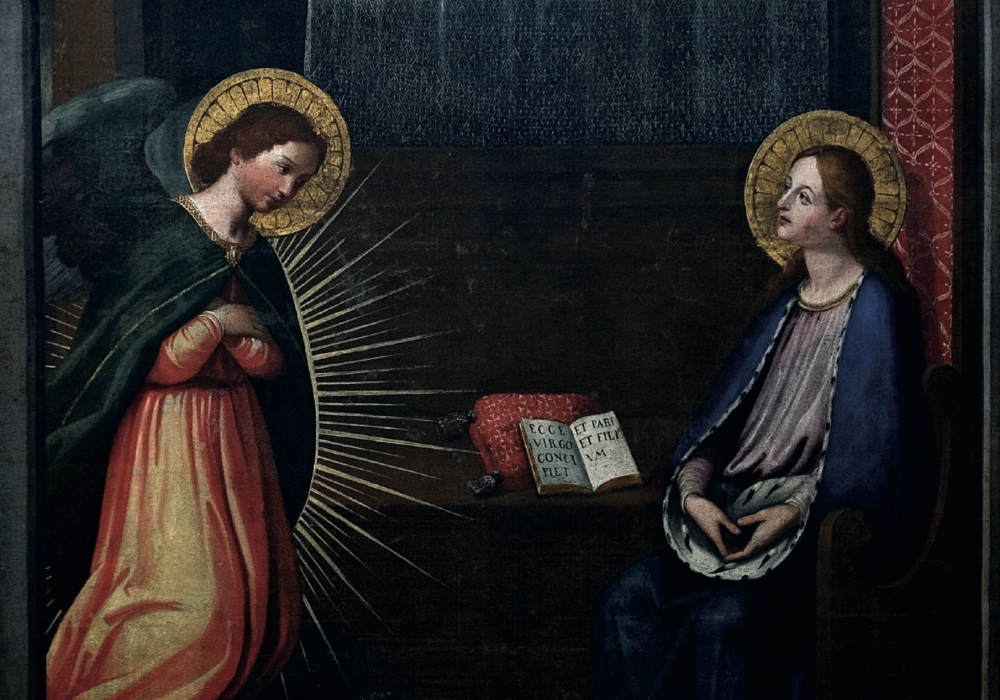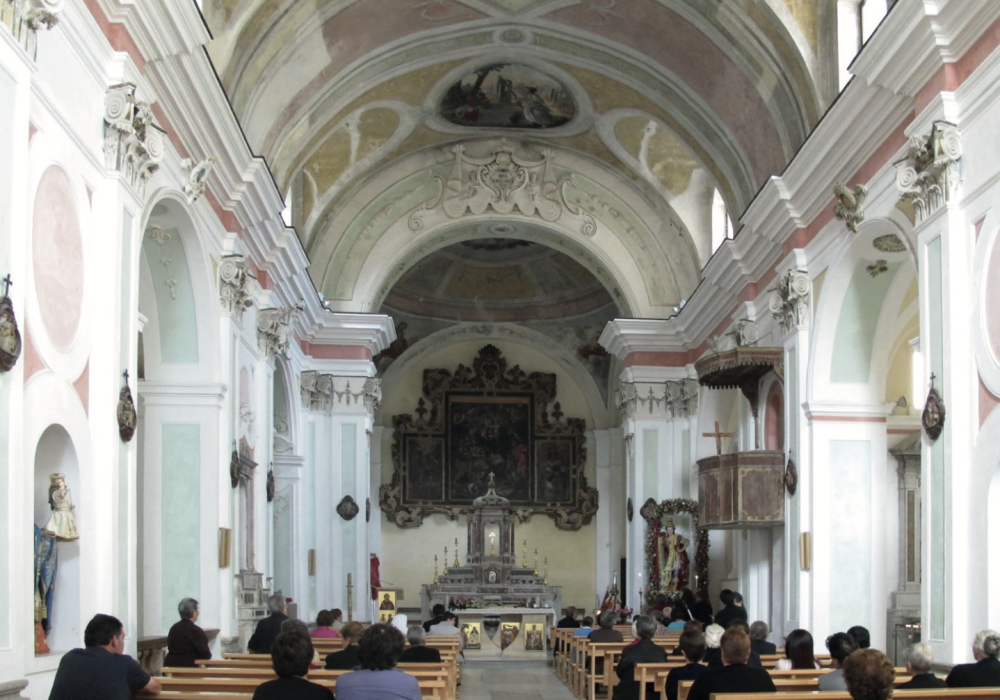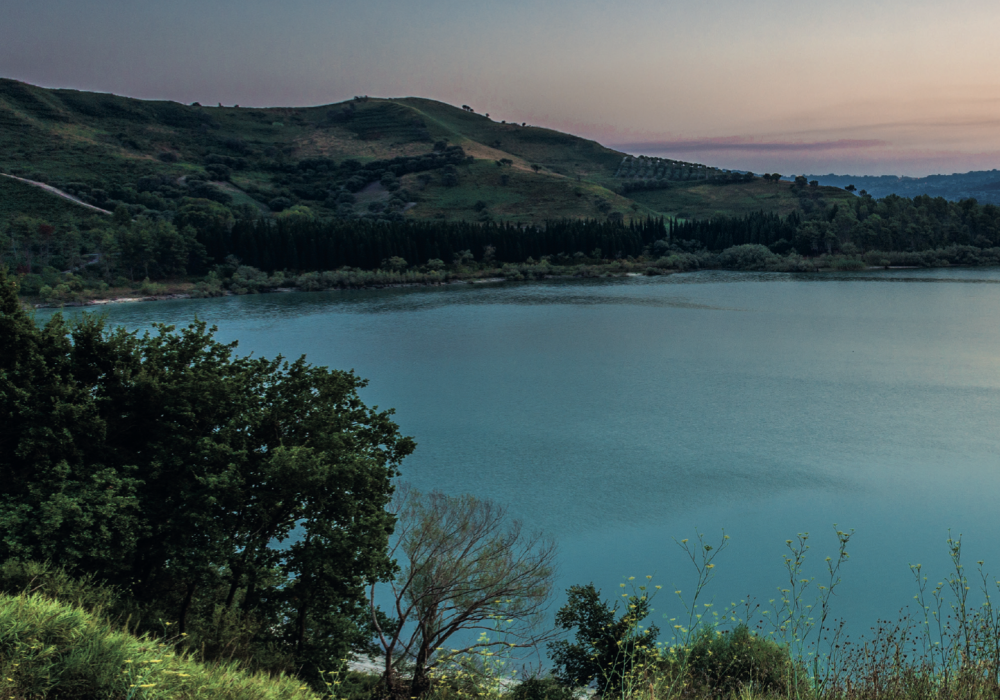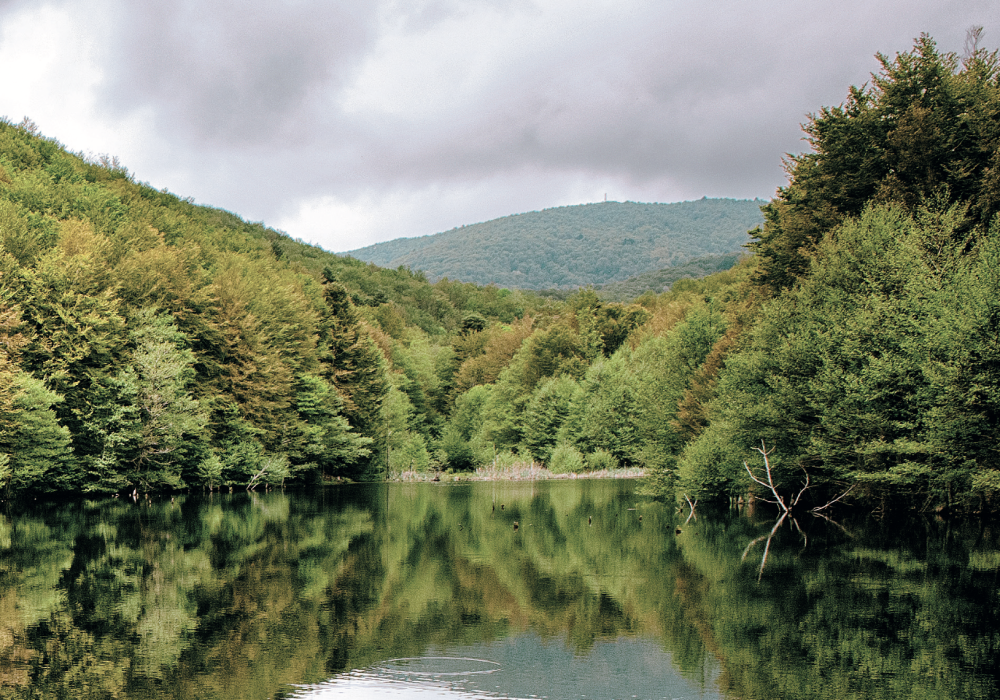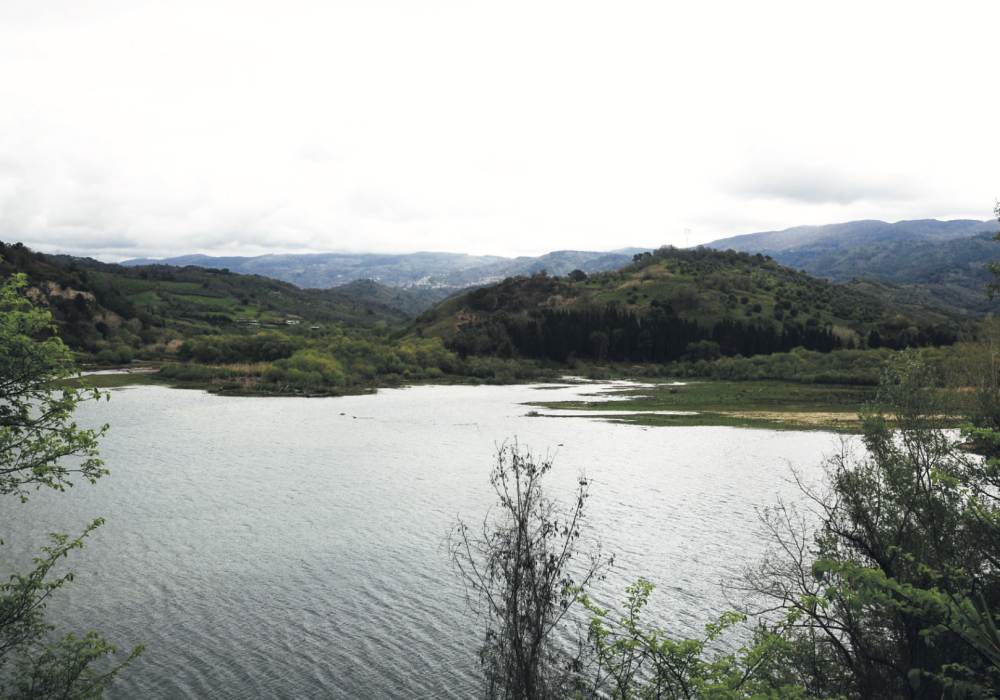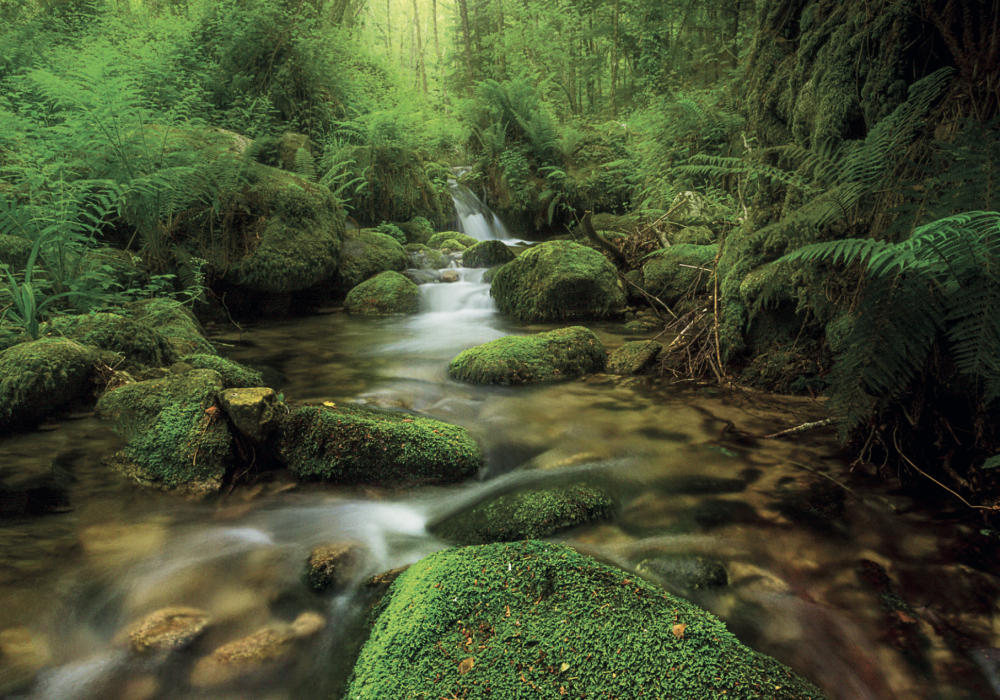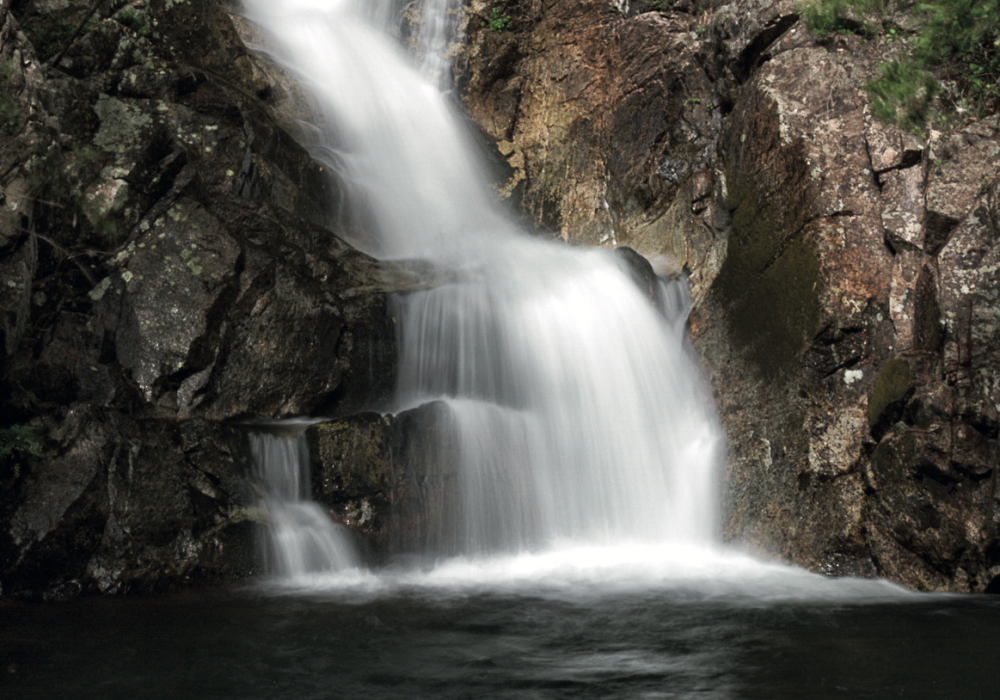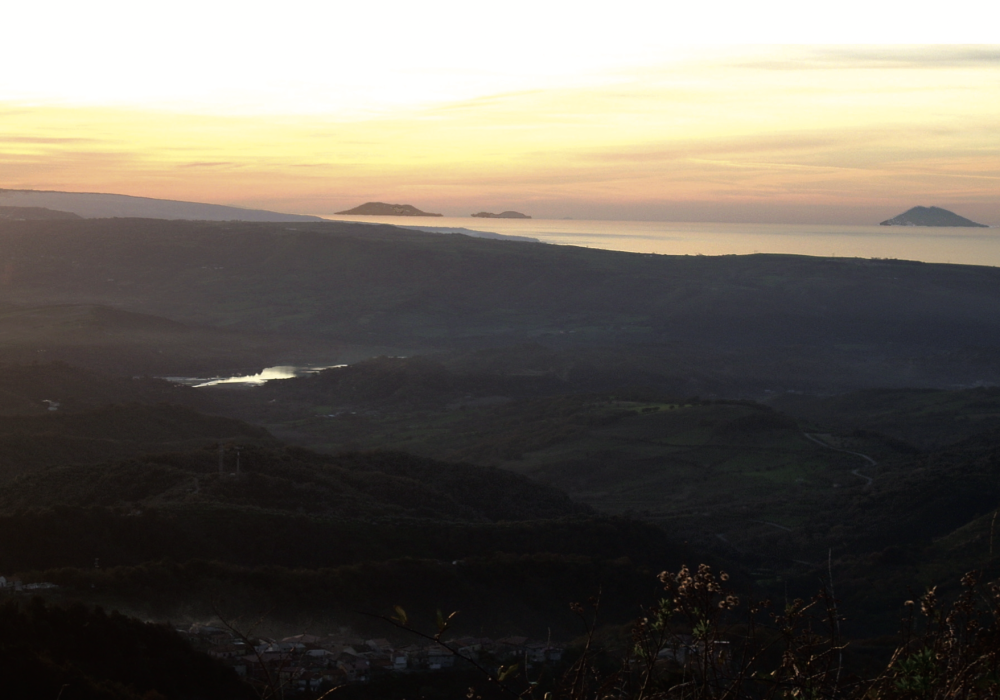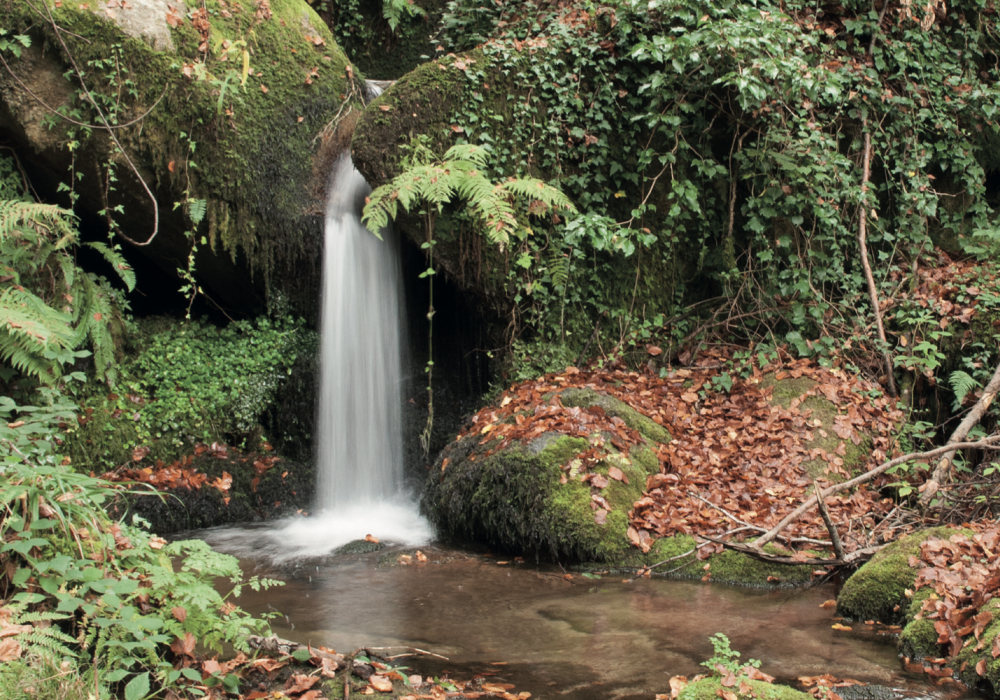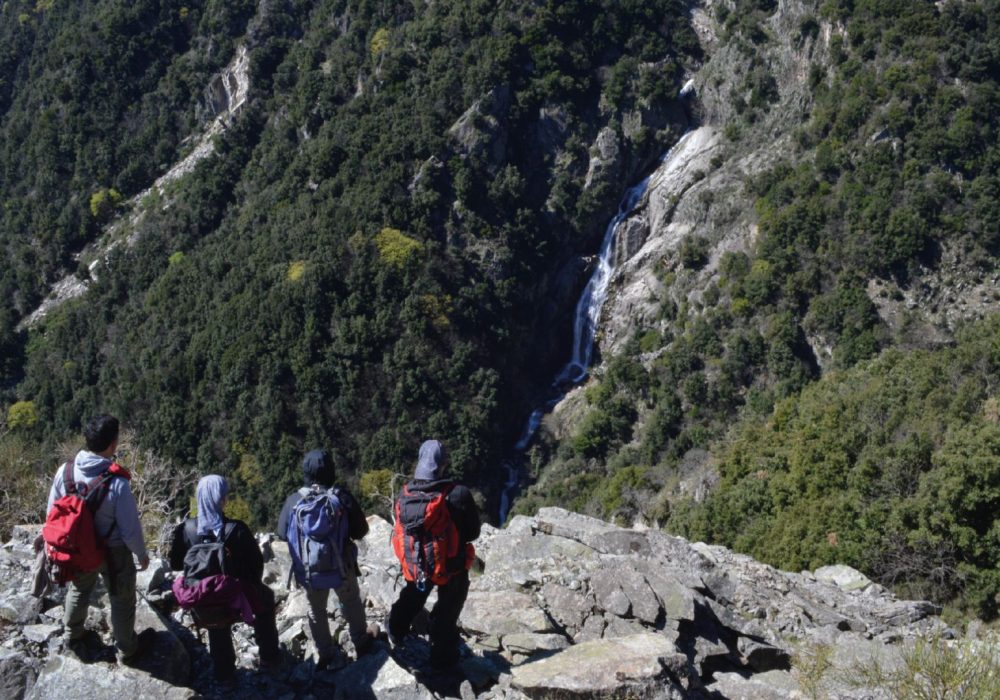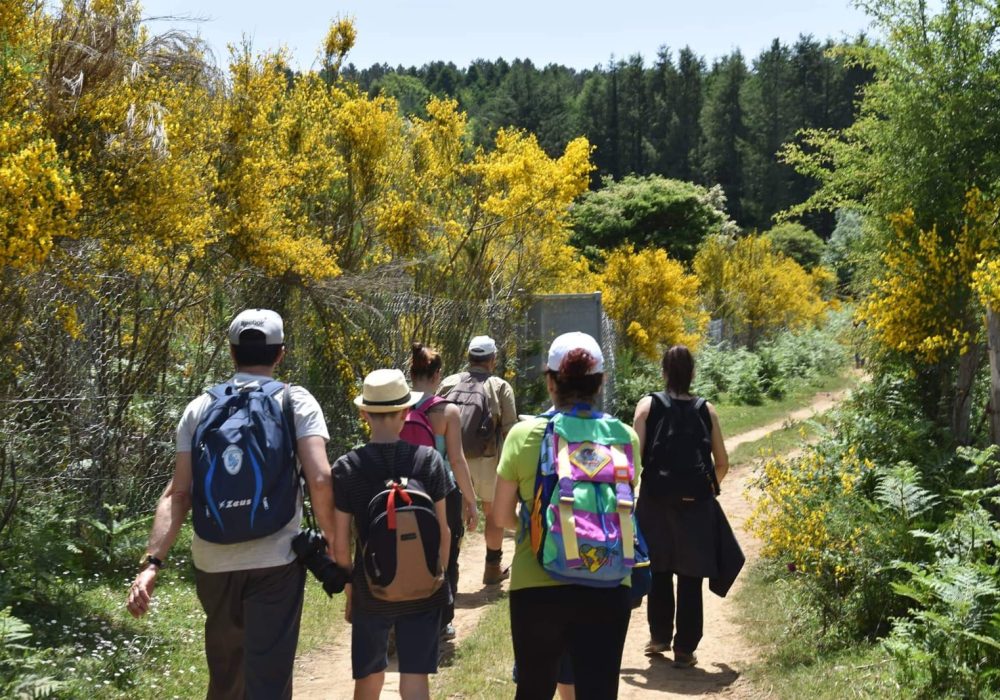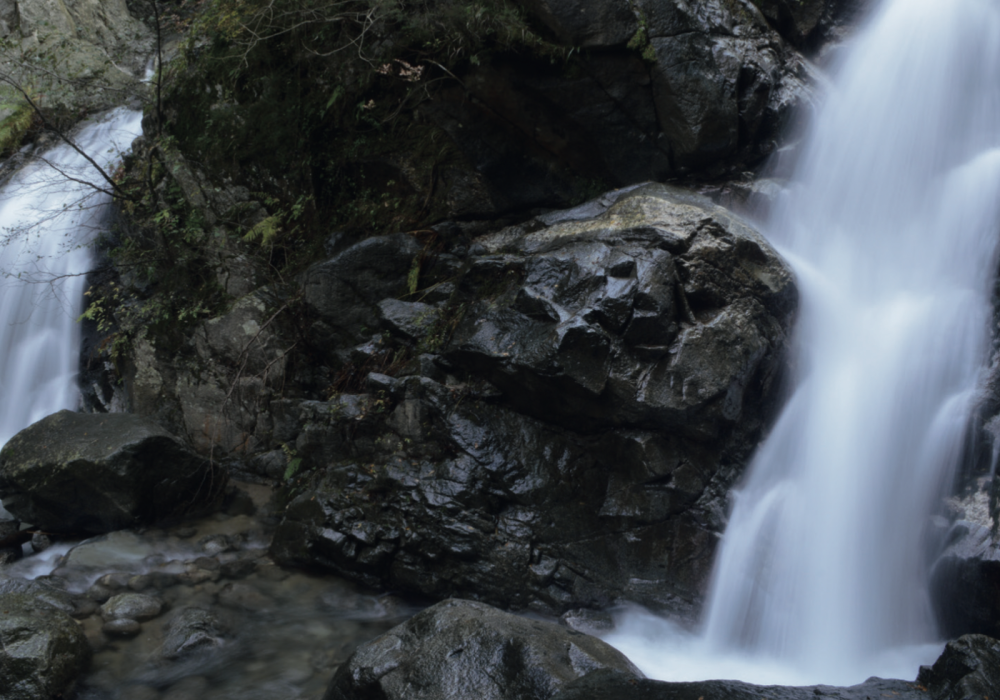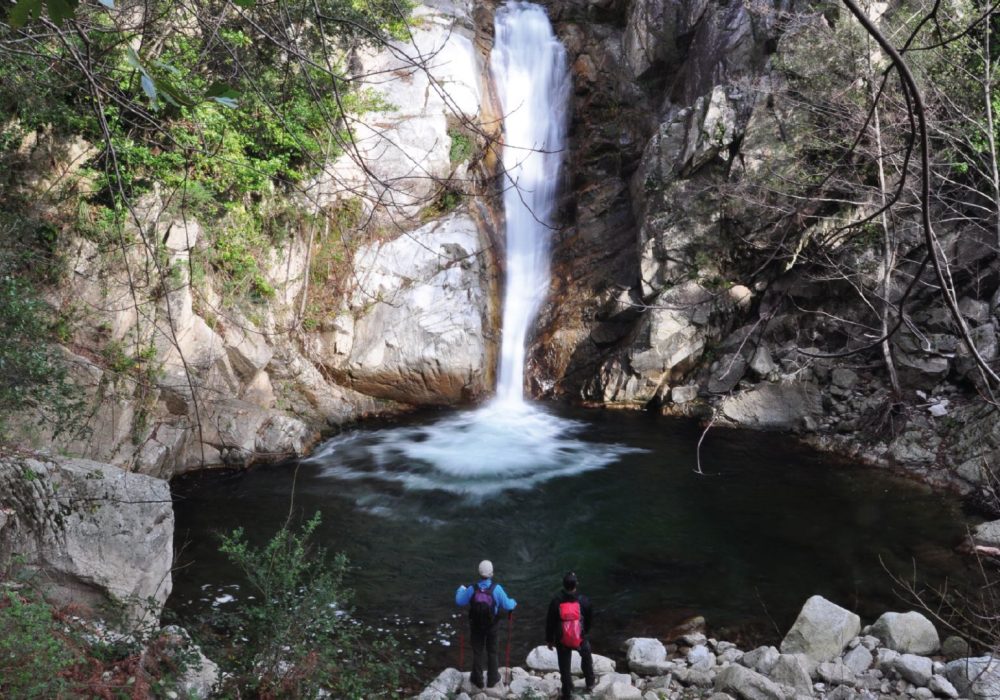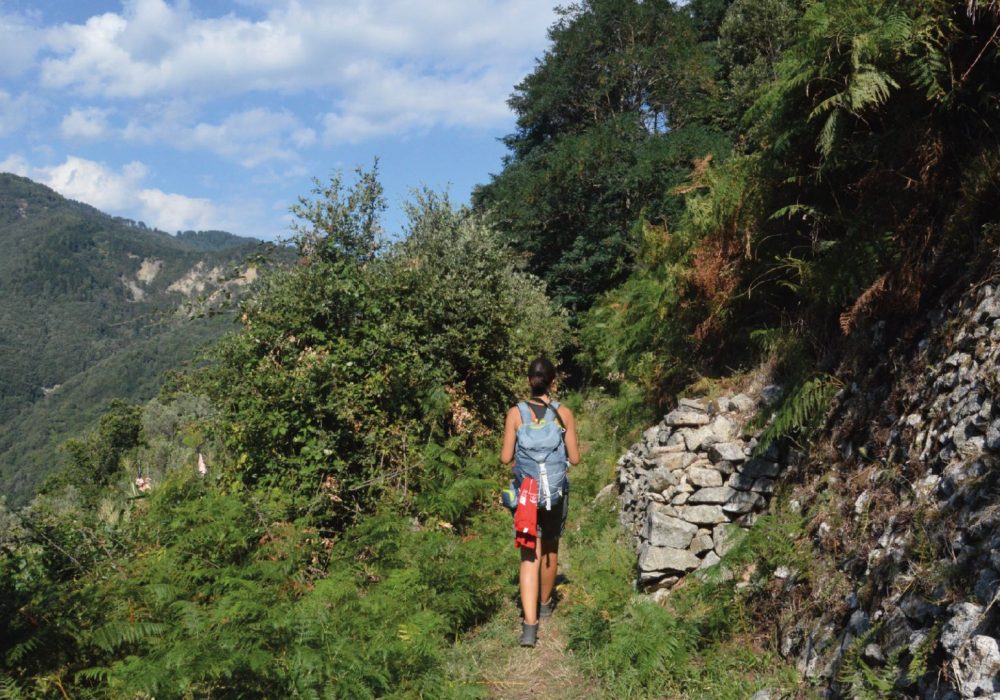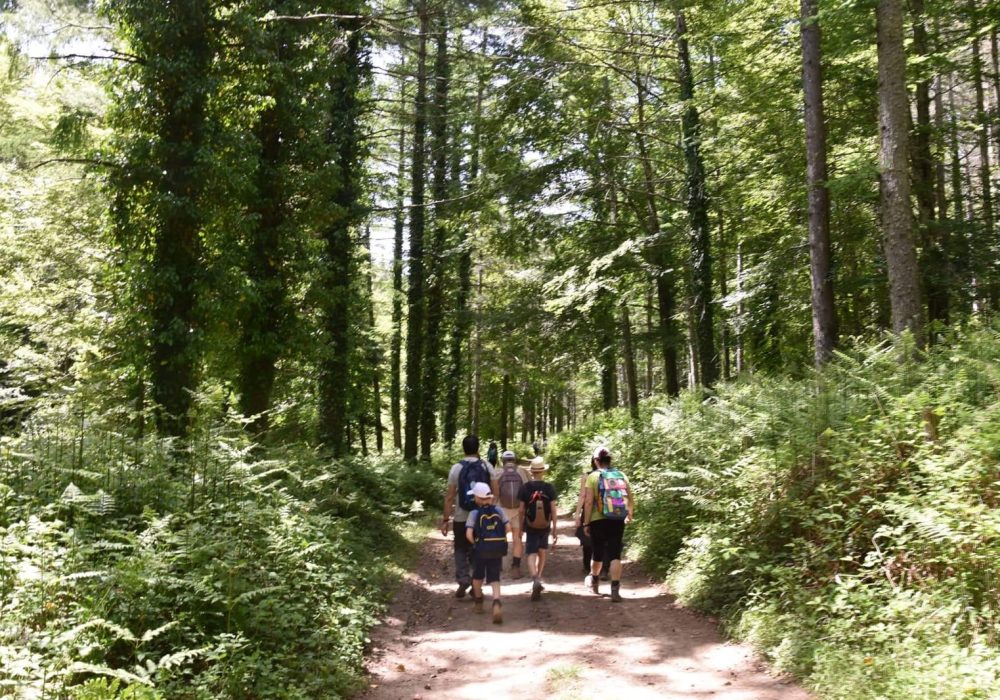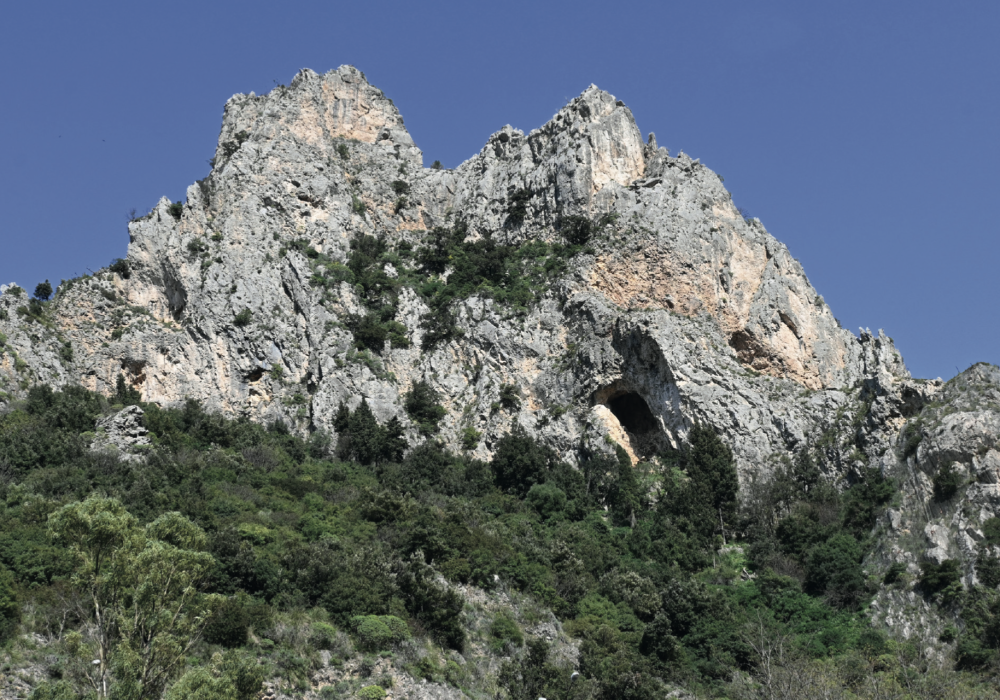Pizzo Calabro
On the coast, Pizzo represents an anomaly with respect to the Angitolan context – it should be remembered that its territory stretched towards the river of the same name, crossed by a Bourbon brick bridge, only in the 20th century, to the detriment of other municipalities -, however, united with the landscape of the interior through State Road 110, the historic route of the Strada Regia, formerly linking the Bourbon Ferriere of Mongiana with the town’s port for the embarkation of iron and steel products. Of late-medieval origins – although tradition has it that it was built on the ruins of the ancient Napizia founded by the Focesi, hence the name of the inhabitants known as Napitini -, it occupies a promontory overlooking the sea, marked at the end by a large Aragonese castle; the building, composed of an imposing quadrangular body, two truncated cone towers, the largest of which is presumably Angevin, and articulated internal volumes, is also remembered for the imprisonment and killing of Joachim Murat. The built-up area gravitates around a central square – a sort of cheerful and variegated urban living room -, stretched with the Spunduni on the coastal panorama, defined by elegant buildings and interposed between the Carmine and Chianu districts; the latter, with its more popular characteristics, has a rather irregular layout, accentuated in some places by a steep slope, where there are numerous openings, courtyards and terraces, which also function as places of entertainment between neighbours. More decentralised are: the S. Francesco district, united by a long curvilinear sloping path known as bassulata, bordered by more prestigious architectural backdrops; the Marina district, where, alongside aristocratic dwellings and an old renovated tuna fishery, there are ordinary fishermen’s houses; the place known as Seggiola, named after the ruins of another old tuna fishery, devoted mainly to seafaring and storage activities. Numerous, in any case, are the façades embellished with colours, cornices and stringcourses, on which project small loggias, sacred edicolettes and, on the portals, some apotropaic masks. In addition to this, there is the remarkable heritage of religious buildings, dating back to the 16th-17th century, with neoclassical remodelling, comprising the churches of St. George Martyr and the Virgin Mary, the matrix, with a remarkable portal on a Baroque façade and very rich interiors, including an altar in polychrome marble and fine paintings and sculptures such as St. John the Baptist attributed to Pietro Bernini; St. Rocco and St. Francis of Paola, adorned with frescoes and statues; Sts. Ferdinando and Immacolata, known as della Marina; of St Sebastian, with remarkable paintings; of the Purgatory and S. Maria delle Grazie, known as the Church of the Dead, with a crypt; of the Immaculate Conception; of the Carmine; of Our Lady of Pity; of Piedigrotta, carved into the tuffaceous cliff adjacent to the Madonneja beach, one kilometre north of the town, characterised by numerous scenes from the sacred scriptures, also carved into the rock since the late 19th century, particularly in the afternoon hours when the setting sun enhances the colouring of the surface mineral salts.
